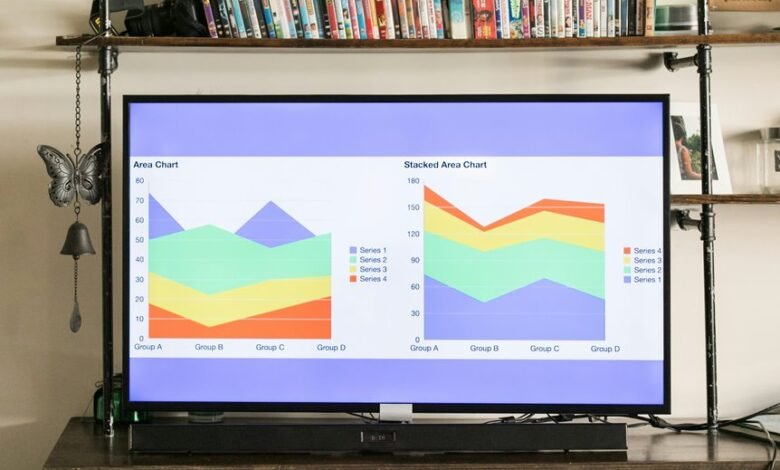1473917545 Unveiling Call Trends in Different Areas

The analysis of call trends reveals marked differences in communication patterns across urban and rural areas. Urban centers exhibit higher call volumes, driven by population density and varied economic activities. In contrast, rural regions tend to have fewer calls, influenced by lifestyle choices and access to communication technologies. These disparities raise important questions about the implications for businesses and policymakers. Understanding these dynamics could reshape outreach strategies in an increasingly interconnected world.
Analyzing Regional Call Volume Patterns
As regional call volume patterns emerge, analysts observe significant variations influenced by demographic, economic, and seasonal factors.
These regional differences manifest in call frequency, revealing distinct communication behaviors across areas. Urban locales often exhibit higher call rates due to population density and diverse economic activities, while rural regions may experience lower volumes, reflecting differing lifestyles and access to communication resources.
Factors Influencing Call Behavior
While various elements shape call behavior, factors such as technology access, cultural norms, and economic conditions play pivotal roles.
Demographic shifts influence communication preferences, while seasonal variations can lead to fluctuating call volumes.
Understanding these dynamics is essential for analyzing call trends, as they reflect broader societal changes and individual choices, ultimately guiding strategies for effective communication in diverse regions.
Technological Impact on Communication Trends
Technological advancements have profoundly reshaped communication trends, influencing how individuals connect across various platforms.
Video conferencing has emerged as a vital tool for real-time interaction, while social media platforms facilitate asynchronous communication and connection.
These innovations enable users to engage more freely, breaking geographical barriers and fostering a global dialogue.
Ultimately, technology continues to redefine the landscape of human communication.
Implications for Businesses and Policymakers
The evolution of communication technologies has significant implications for businesses and policymakers. Enhanced customer engagement through targeted outreach allows firms to refine market segmentation strategies, optimizing resource allocation and improving service delivery.
Policymakers must adapt regulations to support these advancements, ensuring fair competition and consumer protection. Ultimately, a strategic approach is essential for leveraging communication trends to foster economic growth and societal benefits.
Conclusion
In conclusion, the call trends illuminated by the identifier 1473917545 serve as a mirror reflecting the divergent communication landscapes of urban and rural areas. Like a river carving its path through varied terrain, these trends reveal the intricate interplay of population density, lifestyle choices, and technological advancements. Understanding these dynamics equips businesses and policymakers with the tools necessary to navigate the evolving communication currents, ultimately fostering more effective and targeted outreach strategies.





